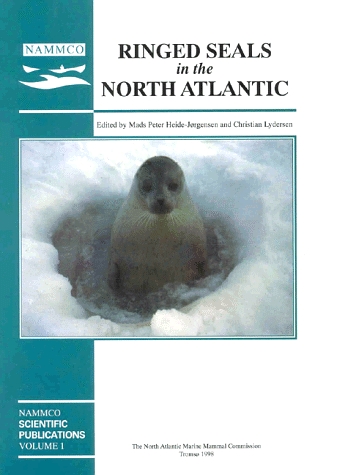Abundance of ringed seals (Phoca hispida) in the Kong Oscars Fjord, Scoresby Sund and adjacent areas in eastern Greenland
DOI:
https://doi.org/10.7557/3.2985Keywords:
ringed seals, Phoca hispida, abundance, GreenlandAbstract
With the purpose of determining the distribution and abundance of ringed seals (Phoca hispida) hauling out on the ice, systematic strip census aerial surveys were flown in the Kong Oscars Fjord, Scoresby Sund and adjacent areas (between approximately 70°N and 72°30'N in eastern Greenland) from 7 to 13 June 1984. The study area comprised approximately 18,500 km2 mainly covered with smooth one-year-old shore-fast ice. The survey effort was concentrated in the afternoon during the presumed peak haul-out period. Main emphasis was given to surveying the Kong Oscars Fjord/Davy Sund and the Scoresby Sund/Hurry Fjord areas which were surveyed twice. Average densities in various sub-areas varied between 0.3 and 2.9 seals/km2 and were similar to
those reported from other Arctic areas. No significant differences in densities were found between sets of surveys of the same sub-areas. The mean density (2.00 seals/km2, SD=0.22) in the Scoresby Sund area was significantly higher than that found in Kong Oscars Fjord (1.04 seals/km\ SD=0.15) probably reflecting a higher overall marine productivity in Scoresby Sund. The sum of the point estimates of the visible part of the population in the different sub-areas was 28,882 seals.





